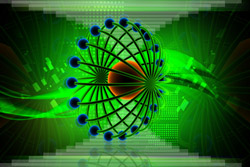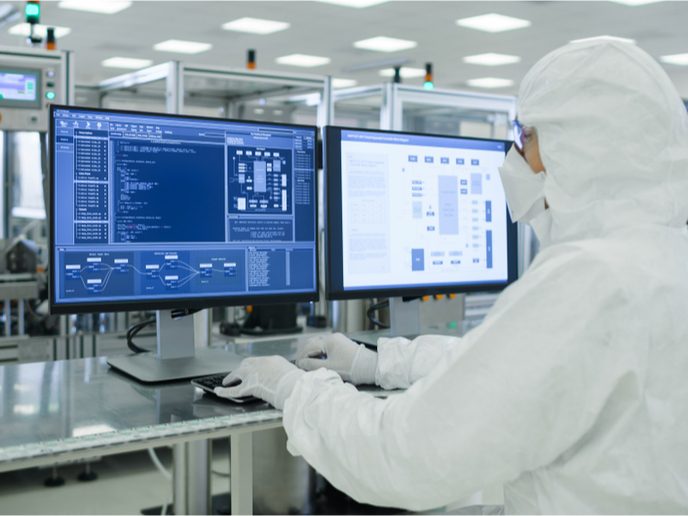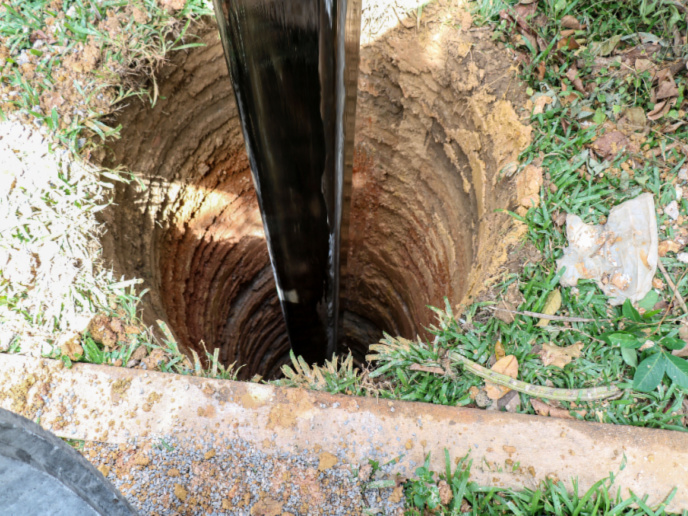From electronics to atomtronics
The electron, a small negatively charged subatomic particle, lent its name to an entire field of technology known as electronics. Research over the last five years has established the tremendous versatility of a new type of microchip that harnesses the properties of entire atoms, the so-called atom chip. This rapidly growing field of ‘atomtronics’ is turning over a new page in the field of information processing. Atom chips are miniature devices in which very cold (ultracold) atoms of gases are trapped on a surface and excited by lasers. The laser excitation results in unusual quantum states of matter. Quantum information devices are poised to bring a revolution to data-sharing via integrated circuits and sensors used in computing and communication, among others. An atom processor has already been used in netbooks, smartphones and desktops. The ‘Interacting two-component quantum gases in micro-magnetic traps’ (2Modeachip) project was designed to advance cold atom technology. To this end, researchers set out to investigate a number of methodologies, experimental conditions and interactions related to atom chip technology. Project efforts led to several innovations. In particular, the investigators developed an array of trapped ultracold atoms, ideal for development of scalable quantum registers. Data registers are essentially the temporary holding places for data in electronic devices. The 2Modeachip project elucidated ways to maximise information extraction from trapped atom ensembles, thus providing further impetus to development of these ensembles for use in data registers. The ability to move data in and out faster and to access the information at higher speeds with greater reliability could revolutionise information technology. The 2Modeachip project led to innovation in atom chip technology such as that used in a commercial atom processor. The results motivate new research directions and may help prove that atoms are, in many ways, more interesting than electrons.





